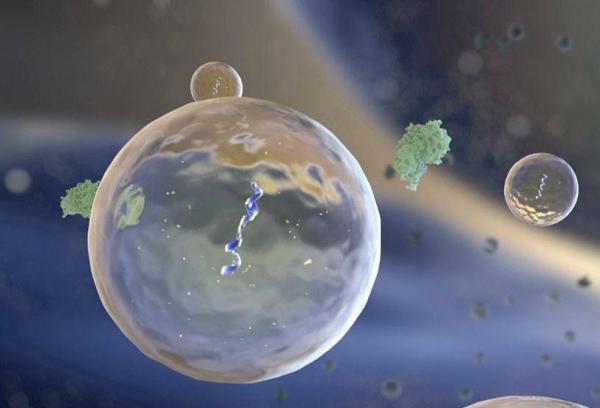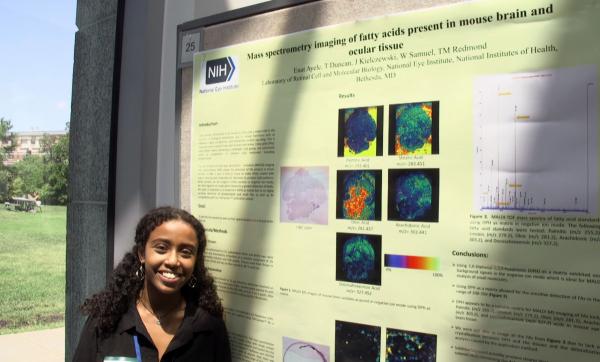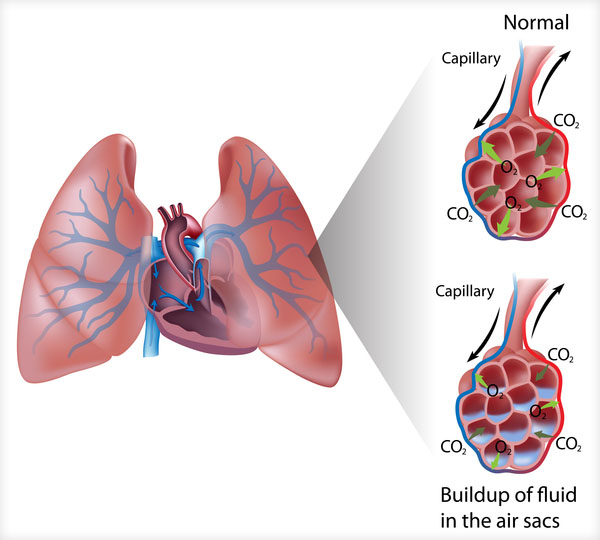Saving the Skin From a Renegade Immune Reaction
IRP Study Provides Insight into Cancer Treatment’s Skin-Thickening Side Effects
Scientists have long dreamt of leveraging information about our genes to personalize medical treatment. However, in working towards that effort, they have increasingly discovered the importance not just of what genetic variants are present in a person’s DNA, but how active each of those genes is. Now, new IRP research suggests the possibility of using that information to personalize medical treatment for patients who experience serious skin problems after receiving a transplant of the bone marrow’s blood-producing stem cells.










